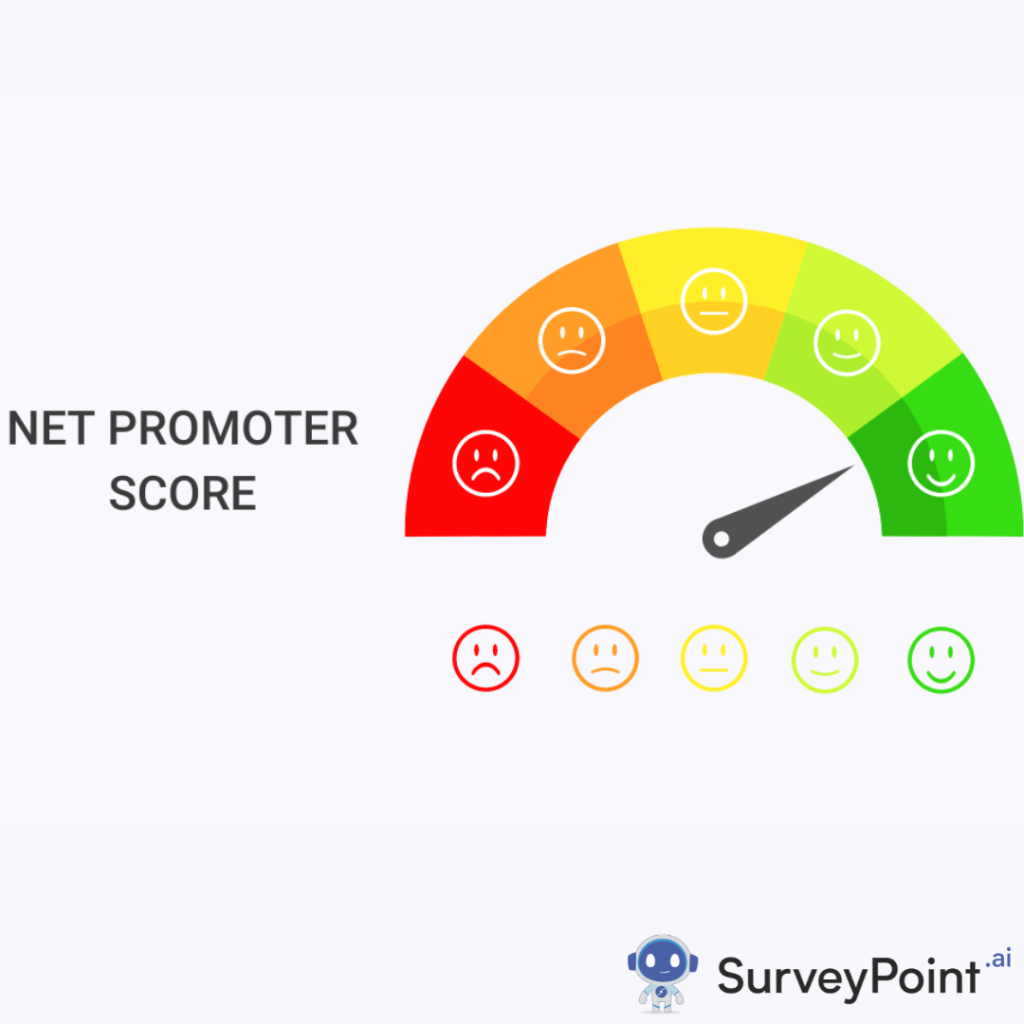
In the dynamic world of business, pricing strategies play a pivotal role in shaping a company’s success. The right pricing strategy can drive sales, establish brand identity, and maximize profitability. In this blog, we’ll delve into the essence of pricing strategies, exploring their significance and dissecting twelve types of pricing strategies with real-world examples. By the end, you’ll be equipped to select a pricing strategy that aligns seamlessly with your business goals.
Understanding Pricing Strategies:
Pricing strategies are the deliberate and systematic approaches that businesses adopt to set the prices of their products or services. These strategies go beyond mere cost considerations and take into account various factors such as market demand, competition, and perceived value. Crafting an effective pricing strategy is crucial because it directly influences consumer behavior, market positioning, and overall financial performance.
Why Are Pricing Strategies Important?
Pricing strategies are crucial for businesses due to several reasons:
Profit Maximization:
- Pricing strategies are designed to optimize profits by finding the right balance between production costs and the value perceived by customers. Effective pricing ensures that businesses not only cover their expenses but also generate maximum returns.
Competitive Advantage:
- The right pricing strategy can set a business apart from its competitors. It allows companies to position themselves as offering better value, quality, or uniqueness in comparison to others in the market.
Market Positioning:
- Pricing plays a significant role in how a brand is perceived in the market. Whether a product is positioned as a premium offering or a budget-friendly option, pricing contributes to shaping consumer perceptions and influencing purchasing decisions.
Demand Management:
- Strategic pricing can be used to manage demand effectively. For instance, discounts during off-peak seasons can stimulate sales, while premium pricing during high-demand periods can help maximize revenue.
Brand Image:
- Pricing contributes to the overall brand image. Premium pricing can enhance the perception of exclusivity and quality, while budget pricing may attract a larger customer base seeking affordability.
Customer Perception:
- The price of a product or service often influences how customers perceive its value. A well-considered pricing strategy can create positive perceptions and build trust among consumers.
Product Lifecycle Management:
- Pricing strategies are adapted to different stages of a product’s lifecycle. For example, during the introduction phase, penetration pricing may be employed to gain market share quickly, while skimming pricing may be more suitable for mature products.
Revenue and Cash Flow Management:
- Effective pricing contributes to revenue management by ensuring that products or services are priced in a way that maximizes income. This, in turn, helps manage cash flow and supports ongoing business operations.
Cost Recovery:
- Pricing strategies are essential for businesses to recover costs associated with production, distribution, marketing, and other operational expenses. This ensures the sustainability and growth of the business.
In summary, pricing strategies are integral to the overall success of a business. They go beyond setting numbers on products or services; they shape perceptions, drive consumer behavior, and ultimately impact the financial health and sustainability of the company.
Choosing a Pricing Strategy:
Selecting the right pricing strategy is a nuanced decision that should align with your business goals. Consider factors such as your target market, competitive landscape, and the perceived value of your products or services. Whether you aim to maximize profits, gain market share, or establish a premium brand image, the chosen pricing strategy should resonate with your overall business strategy.
Here’s a step-by-step guide to help you select the most appropriate pricing strategy for your business:
Understand Your Costs:
- Calculate all production, marketing, distribution, and operational costs associated with your product or service. Ensure you have a clear understanding of your cost structure before deciding on a pricing strategy.
Know Your Market:
- Conduct market research to understand your target audience, their preferences, and their willingness to pay. Analyze competitor pricing to identify the pricing norms in your industry.
Set Clear Business Objectives:
- Define your business goals and objectives. Whether your primary focus is on maximizing profits, gaining market share, or establishing your brand as a premium option, your pricing strategy should align with these goals.
Evaluate Your Product or Service:
- Consider the unique features, quality, and value proposition of your offering. If your product has distinctive features or provides exceptional value, you may lean towards a value-based pricing strategy.
Consider the Product Lifecycle:
- Different stages of the product lifecycle may require different pricing strategies. For example, during the introduction phase, penetration pricing might be suitable to gain quick market adoption.
Assess Customer Sensitivity:
- Understand how price-sensitive your target customers are. If they are highly price-sensitive, strategies like penetration pricing or discounting may be more effective.
Evaluate Market Conditions:
- Consider external factors such as economic conditions, market trends, and industry regulations. These can impact your pricing decisions and may necessitate adjustments to your strategy.
Conclusion
In the intricate world of business, pricing strategies emerge as indispensable tools that can make or break a company’s fortunes. From navigating the complexities of cost-plus pricing to leveraging the allure of value-based pricing, businesses have a plethora of strategies at their disposal. Understanding the intricacies of each, and selecting the one that best aligns with your unique goals, is a strategic imperative. As you embark on your pricing journey, remember that it’s not just about numbers; it’s about creating a narrative that resonates with your customers, positioning your brand, and ultimately driving success in the marketplace.




